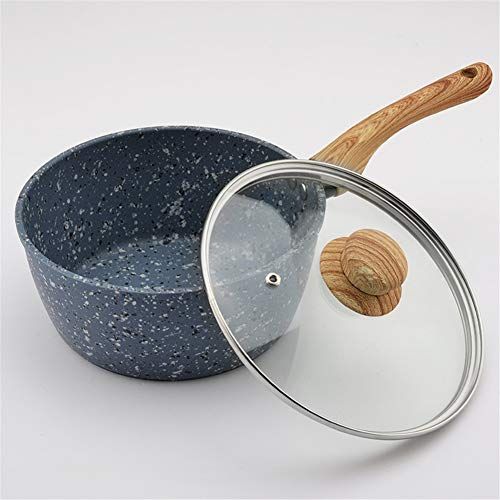Generally the most constant parameter is notably the volumetric heat capacity at least for solids which is notably around the value of 3 megajoule per cubic meter and kelvin.
What is the heat capacity of granite.
For conversion of units use the specific heat online unit converter.
The specific heat of some commonly used solids is given in the table below.
Because granite has a higher heat capacity it will sink more heat from the hand of an individual than the wood would.
The table at right lists the specific heat capacities of some common substances.
Heat capacity is measured in j kg k.
C q mδt q is the amount of supplied or subtracted heat in joules m is the mass of the sample and δt is the difference between the initial and final temperatures.
Index tables reference tipler ch 19 hyperphysics thermodynamics.
Another factor in choosing stone could be how quickly the stone transfers heat called thermal conductivity.
Put the stone s capacity to store heat together with thermal conductivity to find the stone that absorbs heat the best and does it the quickest.
Rock rock thermal properties.
The following table of specific heat capacities gives the volumetric heat capacity as well as the specific heat capacity of some substances and engineering materials and when applicable the molar heat capacity.
Different substances have different heat capacities.
This is heat capacity.
The specific heat capacity symbol c p of a substance is the heat capacity of a sample of the substance divided by the mass of the sample.
Knowing about heat capacities allows you to answer questions relating heat and temperature.
Heat capacity the heat capacity of a substance is the amount of heat required to change its temperature by one degree and has units of energy per degree heat emission from pipes submerged in oil or fat heat emission from steam or water heating pipes submerged in oil or fat forced and natural circulation.
The granite has more places for the heat to go to.
Heat flow or flux q in the earth s crust or in rock as a building material is the product of the temperature gradient change in temperature per unit distance and the material s thermal conductivity k the heat flow across a surface per unit area per unit time when a temperature difference exists in unit length perpendicular to the surface.
Informally it is the amount of energy that must be added in the form of heat to one unit of mass of the substance in order to cause an increase of one unit in its temperature the si unit of specific heat is joule per kelvin and kilogram j k kg.
See also tabulated values of specific heat of gases food and foodstuff metals and semimetals common liquids and fluids and other common substances as well as values of molar heat capacity of common organic substances and inorganic substances.
The ability to retain heat is a function of the stone s specific heat capacity and density.
The formula for specific heat looks like this.
First however it is.

















































